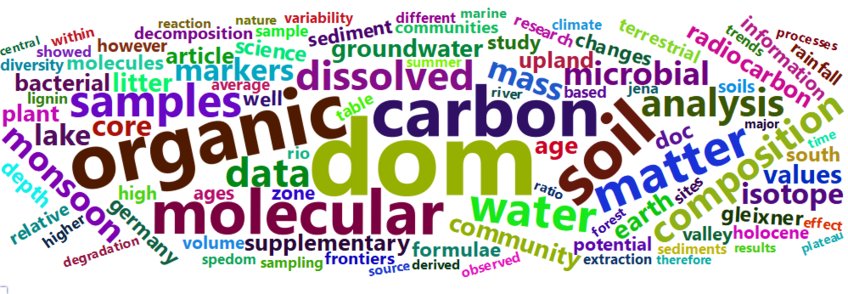- Agilent Technologies, Palo Alto USA
Gas chromatography is a technique for separating chemical substances that relies on differences in partitioning behavior between a flowing mobile phase and a stationary phase to separate the components in a mixture. A Flame ionization detector (FID) consists of a hydrogen (H
2)/air flame and a collector plate. The effluent from the GC column passes through the flame, which breaks down organic molecules and produces ions. The ions are collected on a biased electrode and produce an electrical signal. In our work group we use this equipment to separate and quantify mixtures of organic compounds like: PLFA, n-alkanes, PAH, among others.

